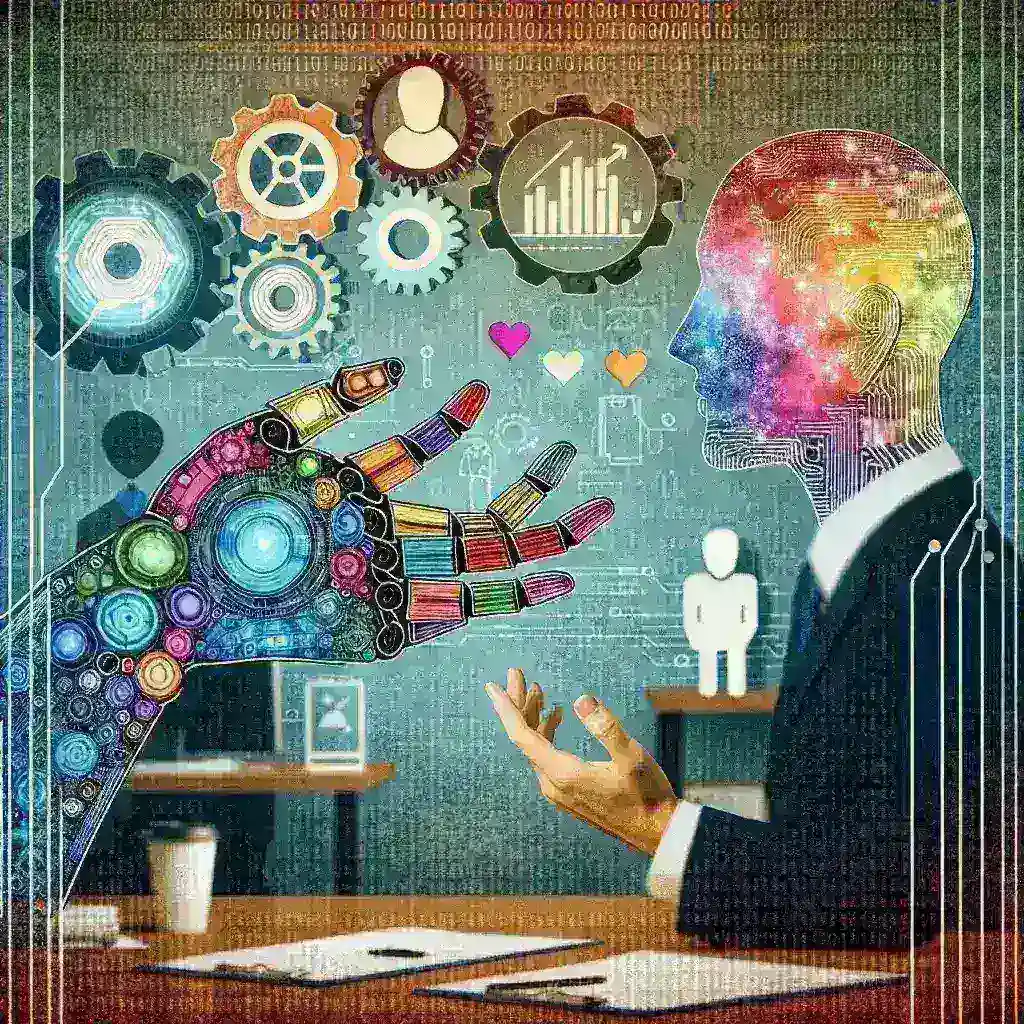Introduction
As the workforce evolves, technology continues to play a pivotal role in shaping hiring practices. Among the most innovative yet controversial advancements is AI emotion recognition technology. This technology analyzes facial expressions, voice tones, and body language to gauge emotional responses. While proponents argue it can enhance recruitment efficiency, critics raise ethical concerns about its implications. This article explores the intricate landscape of AI emotion recognition in hiring, detailing its benefits, drawbacks, and the ethical dilemmas it presents.
The Rise of AI Emotion Recognition Technology
AI emotion recognition technology has surged in popularity over the past decade. With advancements in machine learning and data analytics, organizations can now assess candidates in ways previously unimaginable. This technology can analyze an interviewee’s emotional state, providing insights into their suitability for a role. For instance, if a candidate shows signs of anxiety during an interview, AI could interpret this as a potential red flag.
Historical Context
To understand the current landscape of AI emotion recognition, it’s essential to look at its origins. The technology traces back to the early 2000s, primarily used in psychological research. Over time, its applications expanded into various fields, including marketing and security, before making its way into recruitment. The transition from a research tool to a hiring aid raises questions about its appropriateness and effectiveness.
Benefits of AI Emotion Recognition in Hiring
- Efficiency: AI can process vast amounts of data rapidly, allowing organizations to evaluate candidates more quickly than traditional methods.
- Bias Reduction: By focusing on emotional cues rather than demographic factors, AI can potentially reduce bias in hiring decisions.
- Enhanced Insights: Emotional analysis can provide deeper insights into a candidate’s personality and cultural fit, leading to better hiring outcomes.
Ethical Concerns
Despite its potential advantages, the integration of AI emotion recognition in hiring raises significant ethical concerns:
Privacy Issues
One of the most pressing ethical dilemmas centers on privacy. Candidates may feel uncomfortable knowing their emotions are being analyzed during interviews. Moreover, there’s a risk that sensitive data could be misused or inadequately protected.
Reliability and Validity
The reliability of AI emotion recognition technology is another concern. Emotions are complex and can vary considerably from one individual to another. AI systems may misinterpret emotional cues, leading to erroneous conclusions about a candidate’s suitability.
Discrimination and Bias
While some argue that AI can reduce bias, there’s a risk it could perpetuate existing prejudices. If the training data used to develop AI models contains biases, the technology may inadvertently discriminate against certain groups of candidates.
Real-World Examples
Several companies have begun incorporating AI emotion recognition technology into their hiring processes. For example, a major tech firm implemented a program that analyzes video interviews to assess candidates’ emotions. While it claimed to improve hiring outcomes, the initiative faced backlash from advocacy groups concerned about privacy and discrimination.
Future Predictions
As AI emotion recognition technology continues to evolve, several trends are likely to shape its future in hiring:
- Regulatory Oversight: Governments may impose regulations on the use of AI in hiring, focusing on privacy and bias mitigation.
- Increased Transparency: Companies will need to be more transparent about how they use AI emotion recognition in hiring.
- Hybrid Approaches: Organizations may adopt a hybrid approach, combining AI analysis with human judgment to ensure fairer hiring practices.
Steps for Ethical Implementation
For companies considering the adoption of AI emotion recognition technology in hiring, several steps can help ensure ethical implementation:
- Conduct Thorough Research: Understand the technology’s capabilities and limitations.
- Engage Stakeholders: Involve employees and candidates in discussions about the use of AI in hiring.
- Ensure Data Privacy: Implement robust data protection measures to safeguard candidates’ information.
- Monitor Outcomes: Regularly assess the technology’s impact on hiring practices to identify and address any biases.
Conclusion
The integration of AI emotion recognition technology in hiring practices offers exciting possibilities, yet it also presents daunting ethical challenges. As organizations navigate this new frontier, it is crucial to prioritize transparency, fairness, and respect for candidates’ privacy. Balancing innovation with ethical considerations will be key to harnessing the full potential of AI in recruitment.

